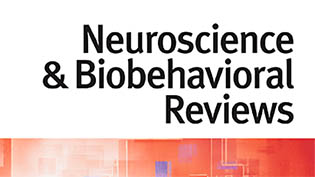Integrating machining learning and multimodal neuroimaging to detect schizophrenia at the level of the individual
Authors: Du Lei, Walter HL Pinaya, Jonathan Young, Therese van Amelsvoort, Machteld Marcelis, Gary Donohoe, David O. Mothersill, Aiden Corvin, Sandra Vieira, Xiaoqi Huang, Su Lui,Cristina Scarpazza, Celso Arango, Ed Bullmore, Qiyong Gong, Philip McGuire, Andrea Mechelli*
Journal: Human Brain Mapping
DOI: 10.1002/hbm.24863
Abstract: Schizophrenia is a severe psychiatric disorder associated with both structural and functional brain abnormalities. In the past few years, there has been growing interest in the application of machine learning techniques to neuroimaging data for the diagnostic and prognostic assessment of this disorder. However, the vast majority of studies published so far have used either structural or functional neuroimaging data, without accounting for the multimodal nature of the disorder. Structural MRI and resting‐state functional MRI data were acquired from a total of 295 patients with schizophrenia and 452 healthy controls at five research centers. We extracted features from the data including gray matter volume, white matter volume, amplitude of low‐frequency fluctuation, regional homogeneity and two connectome‐wide based metrics: structural covariance matrices and functional connectivity matrices. A support vector machine classifier was trained on each dataset separately to distinguish the subjects at individual level using each of the single feature as well as their combination, and 10‐fold cross‐validation was used to assess the performance of the model. Functional data allow higher accuracy of classification than structural data (mean 82.75% vs. 75.84%). Within each modality, the combination of images and matrices improves performance, resulting in mean accuracies of 81.63% for structural data and 87.59% for functional data. The use of all combined structural and functional measures allows the highest accuracy of classification (90.83%). We conclude that combining multimodal measures within a single model is a promising direction for developing biologically informed diagnostic tools in schizophrenia.
